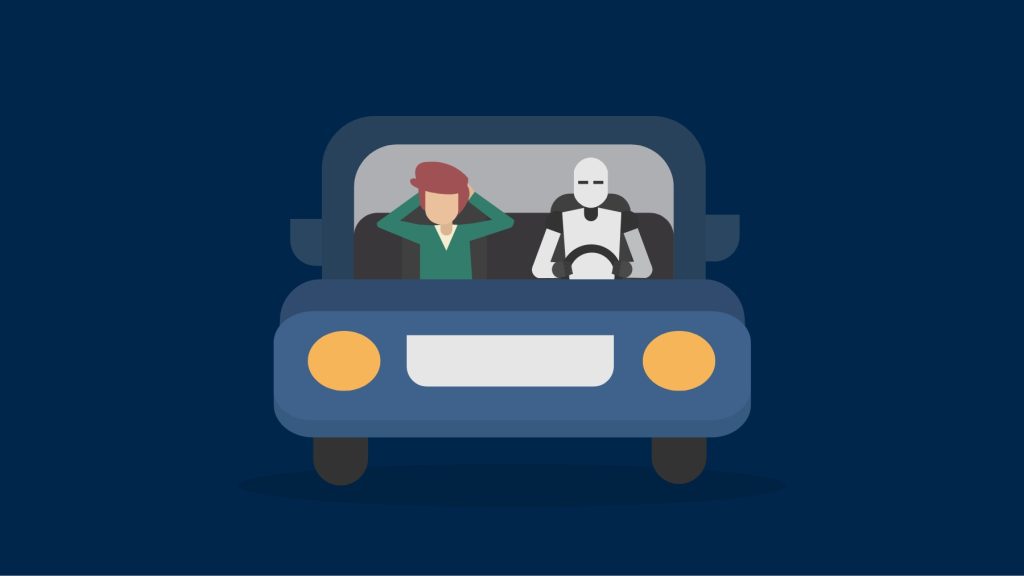
Did you know that research discovered that humans feel at ease and their focus decreases on tasks that have been viewed by robots?
Technological advancements have allowed robots to interact and collaborate with humans. Due to these interactions and collaborations humans have begun to perceive robots as teammates, which can have positive and negative effects on the performance of people. When acts like these take place, humans become reliant either on their robot teammate or their human teammate.
This is known to be “social loafing”, this is customary in an environment where people know that their contribution won’t be heard due to their teammates’ high performance. At the University of Berlin, scientists went in depth to investigate whether humans do in fact social loaf when they work with robots.
“Teamwork is a mixed blessing,” said Dietlind Helene Cymek, the study’s first author, who recently published the findings in the journal Frontiers in Robotics and AI. “Working together can motivate people to perform well, but it can also lead to motivation loss because individual contributions are not as visible.” We wanted to see if we could uncover similar motivational effects when the teammate is a robot.”
Lend A Hand
Scientists put their theory to the test by simulating an industrial defect-inspection task: examining circuit boards for errors. 42 participants were given circuit board images by scientists. Circuit board images were blurred, images that were sharpened could only be viewed while holding a mouse tool while swiping over them. This move allowed the scientists to inspect the board of the participants.
Half of the participants were informed that they would be working on circuit boards that had been inspected by a Panda robot. Although these participants did not work directly with Panda, they had seen and heard it while working. After inspecting and marking the boards for faults, all participants were asked to rate their own effort, how responsible they felt for the assignment, and how they did.
Observing but not perceiving
At first glance, it seemed that there was no difference in the presence of the Panda. Statistically there was no difference between the groups regarding the time spent examining the circuit boards with the areas searched. Rating feelings of responsibility were demanded for the task for both groups and as the effort expended so did the performance.
However, when the scientists examined the participants’ error rates more closely, they discovered that those who worked with Panda caught fewer problems later in the task, even though Panda had previously detected several errors. This may be due to the ‘seeing but not seeing’ effect, in which people become accustomed to relying on something and engage with it less intellectually. Although the participants thought they were paying equal attention, they unconsciously concluded Panda had not missed any faults.
According to Dr. Linda Onnasch, senior author of the study, “It is easy to track where a person is looking, but much harder to tell whether that visual information is being sufficiently processed at a mental level.”
Safety risks
The authors expressed concern that this might have safety repercussions. “In our experiment, the subjects worked on the task for about 90 minutes, and we already found that fewer quality errors were detected when they worked in a team,” claimed Onnasch. “The loss of motivation tends to be considerably larger during longer shifts, when duties are routine, and the work environment provides little in the way of performance monitoring and feedback. This can have a negative effect on job outputs in manufacturing generally, but notably in safety-related areas where double-checking is widespread.
There were some limitations pointed out on the test by the scientists. For example, when where told they were partnered up with a robot and the work was shown, they weren’t in direct contact with Panda. In addition to that, social loafing is hard to start in a setting like a laboratory since participants are aware that they are watched.
Cymek explained “The main limitation is the laboratory setting, to find out how big the problem of loss of motivation is in human-robot interaction, we need to go into the field and test our assumptions in real work environments, with skilled workers who routinely do their work in teams with robots.”
Inside Telecom provides you with an extensive list of content covering all aspects of the tech industry. Keep an eye on our Tech sections to stay informed and up-to-date with our daily articles.